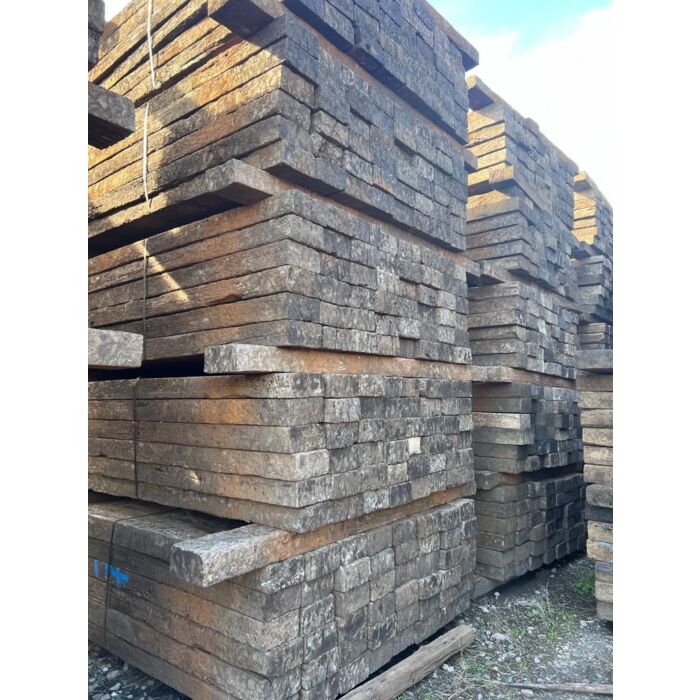- VAT: Inc Ex
- Shop by department
- Back
- Building Materials
- Back
- All Building Materials
- Blocks
- Bricks
- Cements, Concrete & Mortars
- Reinforcement
- DPC DPM Radon Geotextile
- Ventilation
- Gutter & Downpipe
- Underground Pipe & Conduit
- Roof Materials
- Slates and Tiles
- Lead Flashing
- Fascias and Soffits
- Roof Windows
- Building Chemicals & Sealants
- Sheeting
- Aggregates
- Lintels
- Scaffolding
- Farm Materials
- Timber Products
- Insulation Plastering
- Back
- All Insulation Plastering
- Plaster Mix & Accessories
- Plasterboards
- Metal Stud Sections
- Air Tightness Solutions
- Roof & Loft Insulation
- Fire Protection Insulation
- Acoustic Insulation
- Cavity Wall Insulation
- Rainscreen External Wall Insulation
- Rigid Floor Insulation
- Rockwool Insulation
- Installation Guide
- Heating & Plumbing
- Back
- All Heating & Plumbing
- Oil Boilers
- Gas Boilers
- Boiler Parts Maintenance
- Cylinders
- Tanks
- Pumps
- Heating Controls
- Underfloor Heating
- White Waste & Fittings
- Radiators
- Renewables
- Heating Filtration
- Copper Tubes
- Pex Tube
- Multi Layer Pipes
- Pipe Insulation
- Pipes
- Plumbing Tools
- Plumbing Fittings
- Kitchen Sinks & Taps
- Tiles & Bathrooms
- Kitchen Kits
- Doors & Floors
- Paint & Decorating
- Tools & Fixings
- Electronics
- Patio Decking
- Workwear
- Garden Centre
- Home Plus
- Special Offers
- Special Offers
- Contact Us
- Handy Hardware
CALL 1800 401401
VAT: Inc Ex
Reclaimed Azobe Sleeper 2600 X 250 X 125mm
Product Code
04AZOBE2600
€54.95 €44.67
/ Price Per 1 m
Can we help you? Chat with an expert nowChat with an expert now
Reclaimed Azobe Sleeper 2600 X 250 X 125mm
Creosote free reclaimed sleeper.
Benefit of using Sleeper in Gardens and things to be aware of when using
Garden sleepers, typically made from treated timber, are versatile materials with numerous applications in landscaping and garden design.
Sleepers can also be used to build retaining walls, stabilize slopes, and create terraced gardens, preventing soil erosion and creating level planting areas.
One of the main benefits of using garden sleepers is their durability and longevity, especially when treated with preservatives.
Many sleepers are treated with creosote, a chemical that can be harmful if ingested or absorbed through the skin. It is crucial to wear protective gloves and clothing when handling treated sleepers and to avoid using them in areas where children or pets may come into contact with them. At TJ O'Mahony, we ensure every product are meeting EU standard and regulation, therefore our customer fell safe when using our products.
Additionally, it is important to consider the weight of sleepers, especially when building retaining walls or other structures. Proper planning and preparation are essential to ensure the stability and safety of your garden project.
When installing garden sleepers, it is important to follow proper safety procedures and guidelines. Wear protective gloves and clothing to avoid contact with treated wood and any potential splinters.
Regularly inspect the sleepers for any signs of damage or decay, and replace any damaged sections promptly.
| Manufacturer Code | 0 |
|---|---|
| g_custom_label_1 | spring_sales |
| g_custom_label_3 | on |
| Deals | Spring Sales |
| Guide Ret | 40.61 |
| Brand | TJ O'Mahony |
| Weight | 50.0000 |
| Group | 04 DECKING POST AND FENCE |
| Product Size | 2.6 m |
| Delivery Rule | large & heavy |
At TJ O'Mahony we will exchange or refund any Retail unused product returned to us in its original condition within 30 days of receiving it (*)You can return any unused product to us in its original condition for a full refund or exchange within 30 days of delivery.
This right to return does not apply to products that are non stock and only available to order such as catalogued doors, catalogued bathroomware and mixed paints which are made especially for your order.
*View our full returns policy on our Terms &Conditions Page.



